#history of fashion
Text




• Day Dress.
Date: 1910-1912
Medium: Blue silk velvet, purple silk taffeta, embroidered blue silk tulle.
#fashion history#history of fashion#dress#fashion#early 1900s#1900s fashion#1900's dress#day dress#1910's fashion#1910's#1910#1912#purple
603 notes
·
View notes
Text
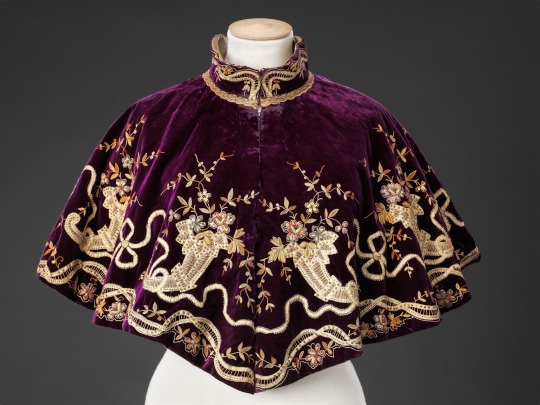

Cape
Late 1890s
The John Bright Collection
#historical fashion#history of fashion#fashion history#1890s fashion#1890s#19th century fashion#Victorian era#Victorian fashion#victorian#19th century#cape#fashion#history#vintage#vintage fashion#frostedmagnolias
8K notes
·
View notes
Text
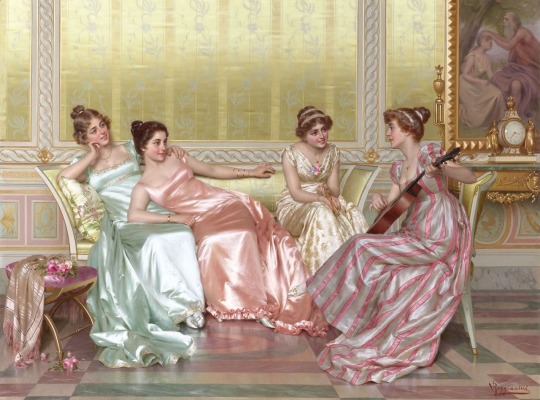
Vittorio Reggianini, La Soirée, ca. 1880-1938
#vittorio reggianini#reggianini#19th century art#20th century art#history of fashion#painting#art#academic art
4K notes
·
View notes
Text
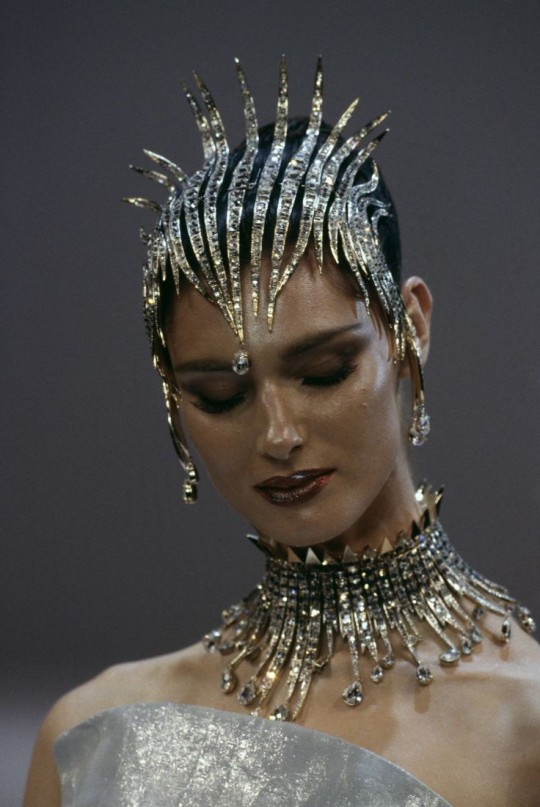
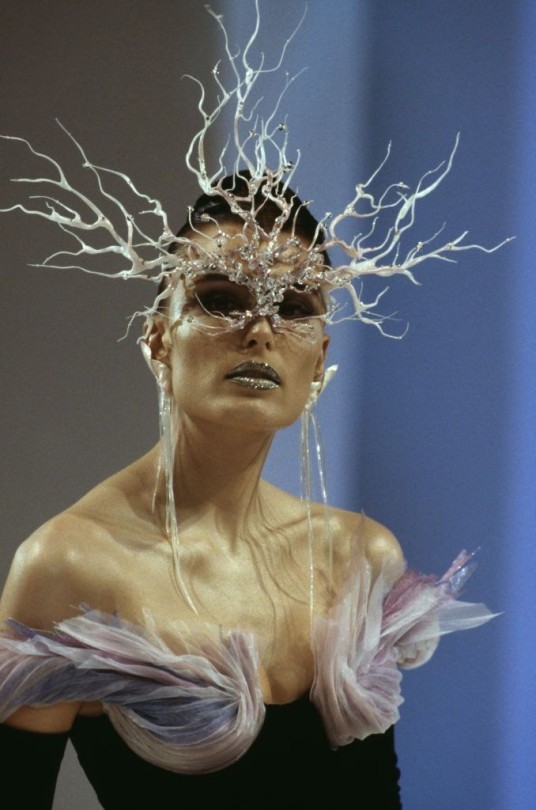
Headpieces by Thierry Mugler
#fashion#high fashion#hautefashion#haute couture#thierry mugler#vintage mugler#insane#art#headpiece#incredibly beautiful#iconic#vogue#runway#90s supermodels#90s fashion#90s runway#impeccable#obsessed#couture#accessories#jewellery#mugler#fashionable#fashion history#historic#history of fashion#design
2K notes
·
View notes
Text
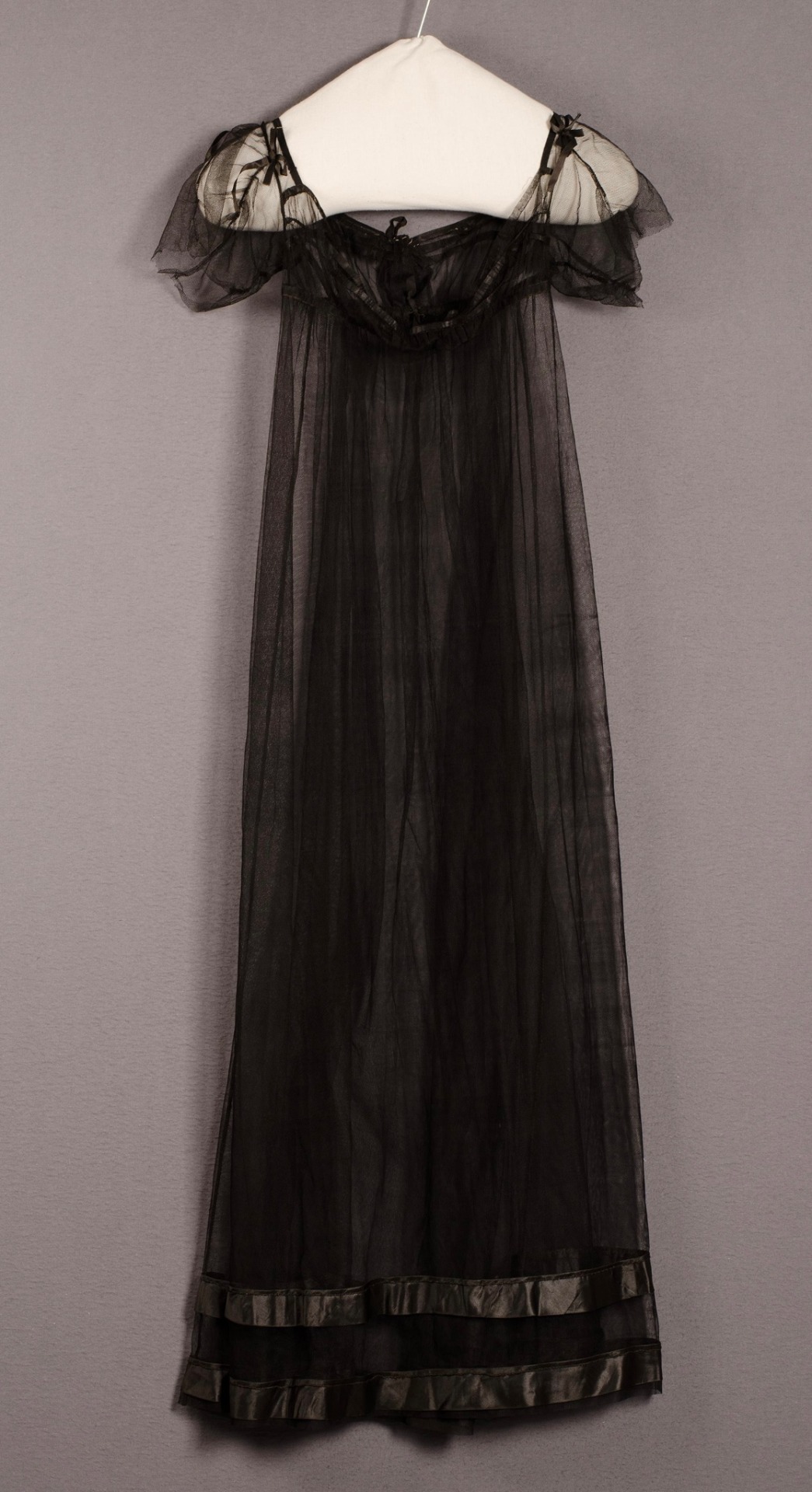

Black empire style gown
Tulle and silk
C. 1800-1810, Napoleonic era
Centraal Museum, Utrecht
#dresses#dress#centraal museum#CMU#fashion#napoleonic era#napoleonic#first french empire#french empire#19th century#france#history#tulle#silk#pretty#fashion history#history of fashion#historical fashion#1800s#regency#empire style#regency fashion#jane austen#1800s fashion
4K notes
·
View notes
Text
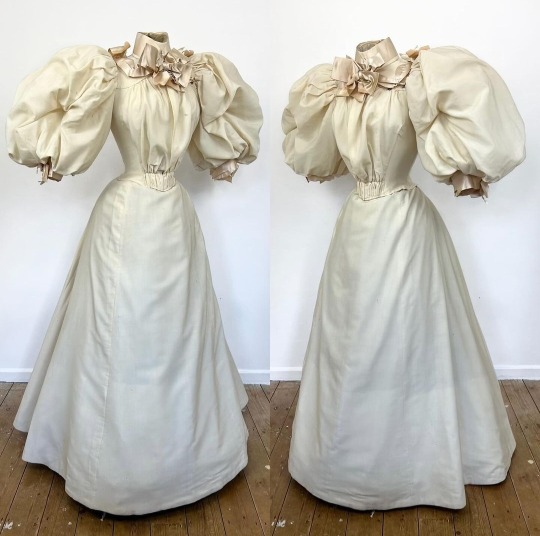
Wool wedding dress, c.1895
cr: finnwicks_costume
#fashion history#historical fashion#dress history#history of dress#history of fashion#wedding dress#antique fashion#1890s#1890s fashion#1895#victorian#victoriana#victorian era#victorian fashion#19th century fashion#edwardiana#edwardian#edwardian era#edwardian fashion#e
832 notes
·
View notes
Text

Lillian Cook in “The Bluebird”, 1918
#1910s fashion#fashion history#history of fashion#1910s#early 1900s#early 20th century#circa 1910#1910s style#edwardian#edwardian era#edwardian fashion#silent film#silent movies
824 notes
·
View notes
Text

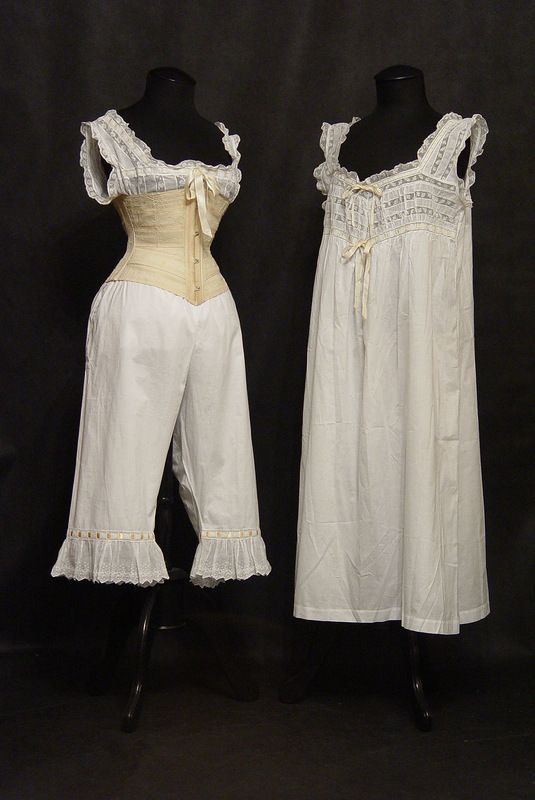
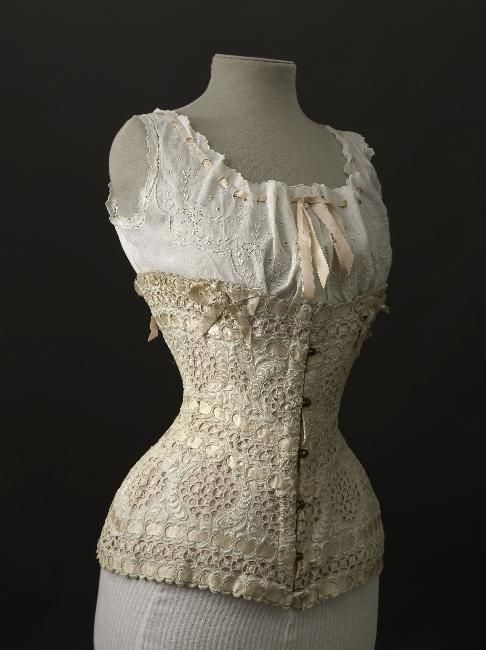



Undergarments of The Edwardian Era
#edwardian#this is a girlblog#lana del rey#girlblogging#vintage fashion#vintage aesthetic#marilyn monroe#jane birkin#lana del rey aesthetic#early 20th century#1900#1900s fashion#history of fashion#1900s#early 1900s#1900s dress#1910#1901#late 1800s#1800s#1800s fashion#1800s dress#19th century#fashion history#victorian#1910s#historical fashion#20th century#girlblogger#girlblog
270 notes
·
View notes
Text
Find something new from Season 1-2 of 'The Gilded Age'~
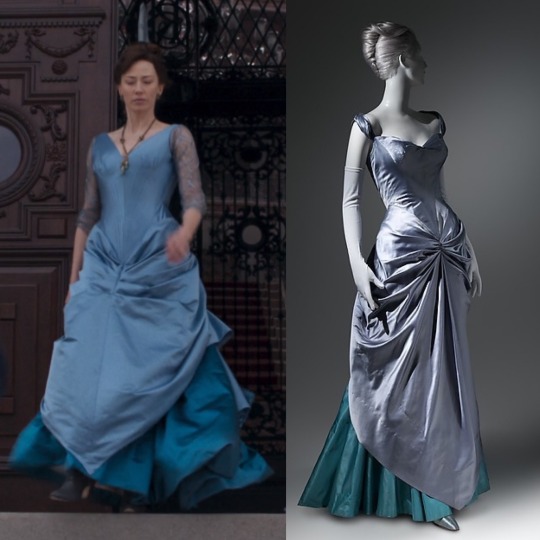
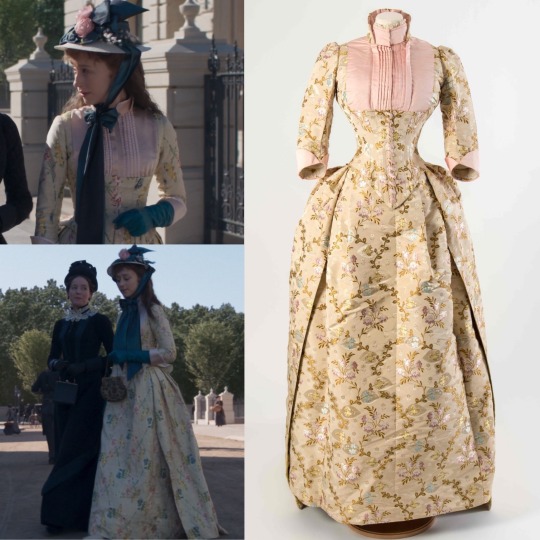



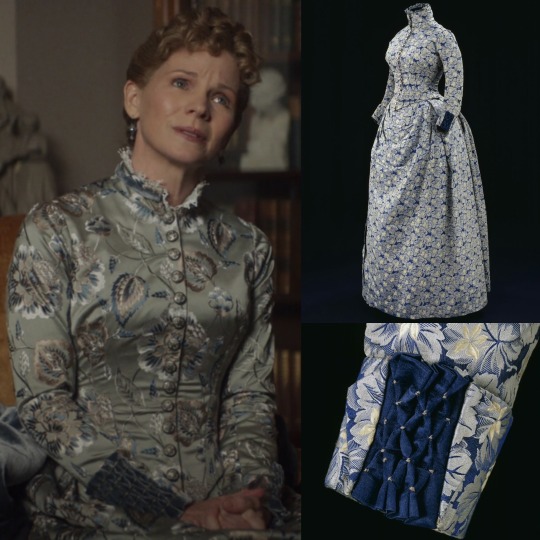

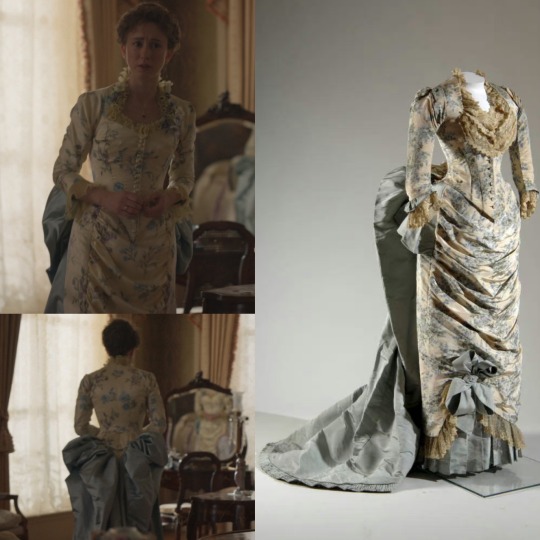


#costume design#costumes#costume designer#history of fashion#costume drama#the gilded age#bustle#1880s#1870s#1880s fashion#1870s fashion#hbo#reference#james tissot#charles james#19th century
520 notes
·
View notes
Text

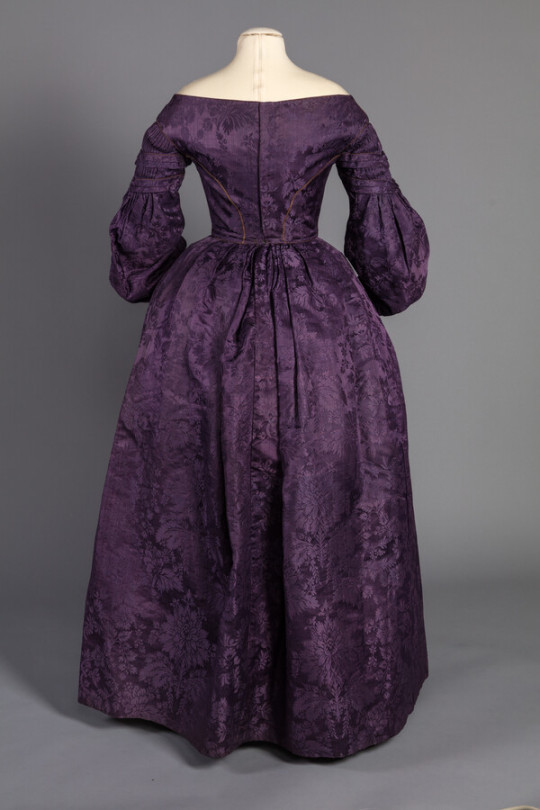
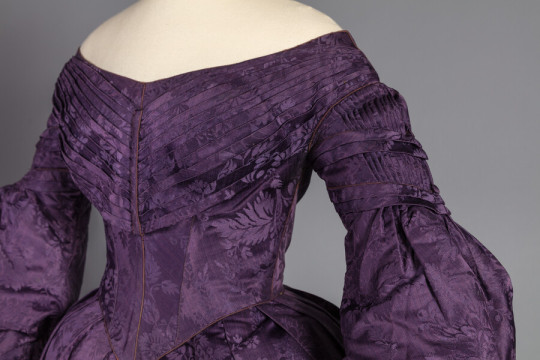
Oh, saints. This dress combines so many things I love in one place!
First of all, we’re in the late 1830s (by my guess), a time of dress transition. You can see the influence of the Romantic with those sleeves, but the hint of later Victorian gowns in the bodice shaping. The particular bodice here is fan-pleated, which is pretty self-explanatory if you look at the way the fabric is both pleated and fanned out. I do adore the result.
But, ahem, that damask? That color? Purple, always. Of course. For a 200 year old dress, the hue is still so striking. It is not Perkins Purple, however, as it’s two decades too early for that.
The weave? I damn near fell out of my chair looking at it. It’s one of those cases where I wish there were even higher resolutions so I could zoom in and see the stitches. Alas, we are not yet there in terms of technology, so I will instead cope with this.
And then it gets better. Because that silk damask? It’s almost 100 years older than the dress itself. UGH I LOVE IT SO MUCH. Could it have been Spitalfields? Maybe! It’s hard to say because we don’t have the provenance.
From the Maryland Center for History and Culture.
#silk dress#1830s#fashion history#textiles#costume history#historical costuming#history of fashion#costume#threadtalk#19th century fashion#historical fashion#spitalfields silk#damask
2K notes
·
View notes
Photo
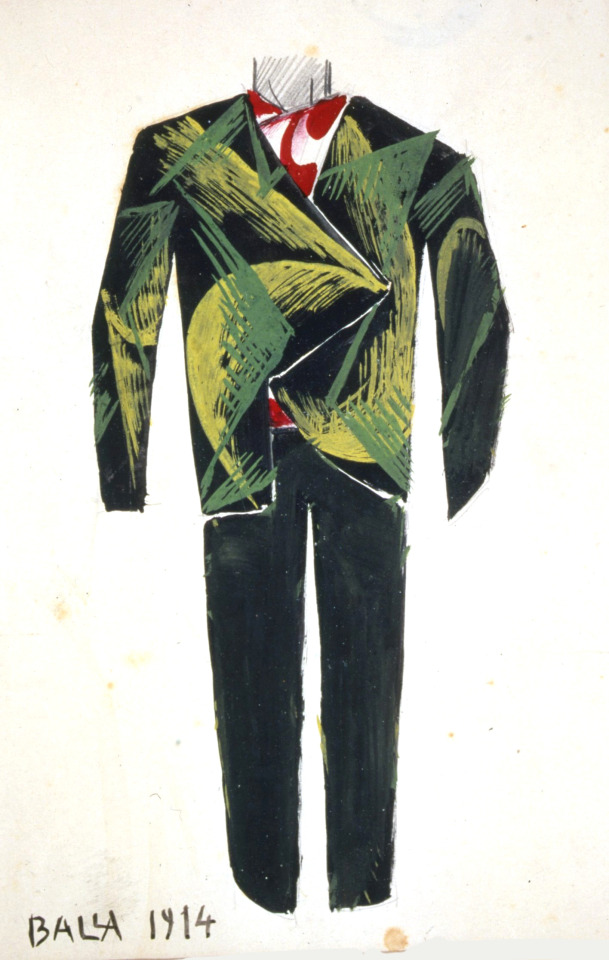
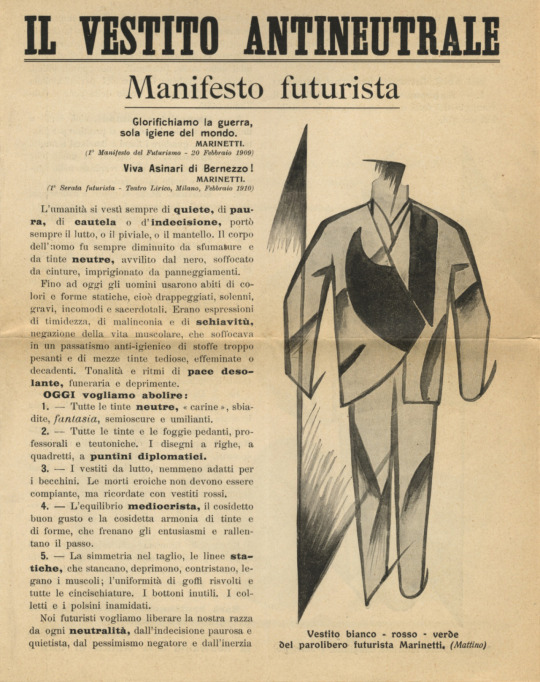
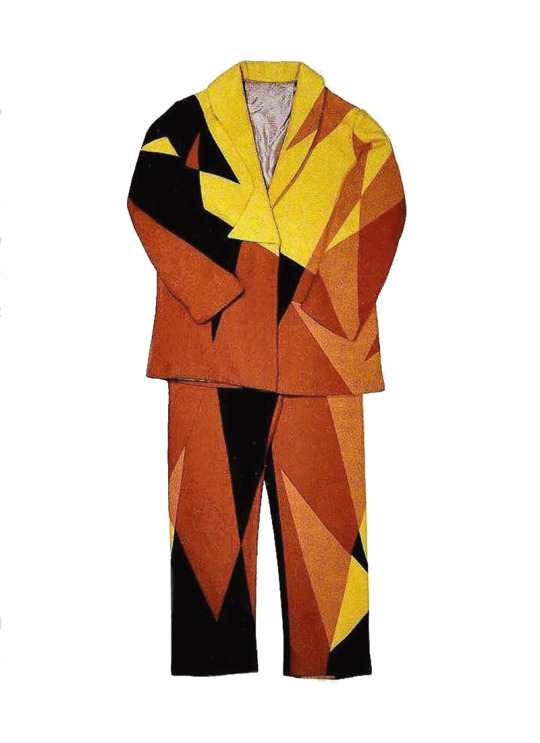


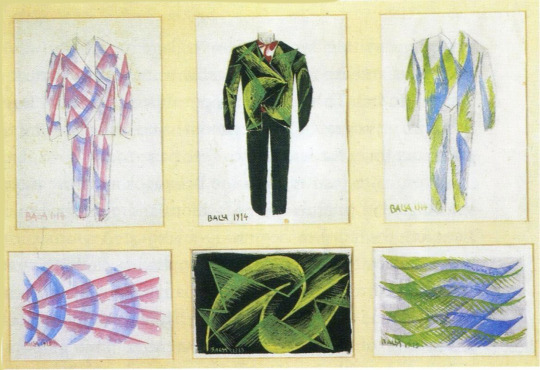
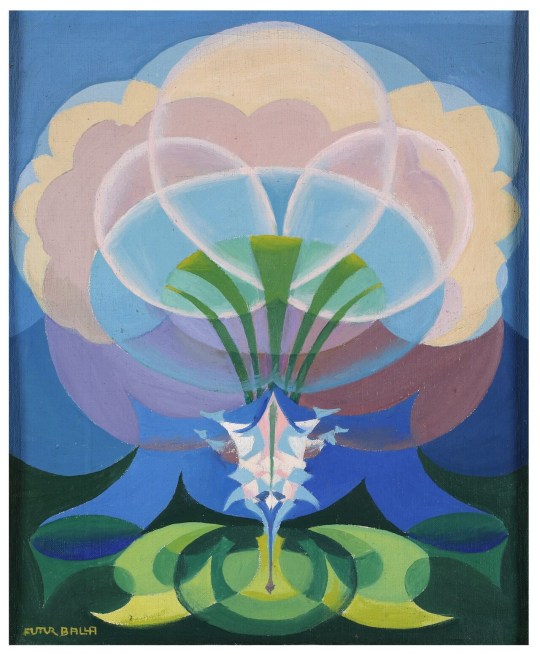
Giacomo Balla, The Anti-Neutral Suit: Futurist Manifesto, 1914. Expansion of spring, painting, 1918. Italy. Source
“We must invent futurist clothes, hap-hap-hap-hap-happy clothes, daring clothes with brilliant colors and dynamic lines. They must be simple, and above all, they must be made to last for a short time only in order to encourage industrial activity and to provide constant and novel enjoyment for our bodies.” – Giacomo Balla,
571 notes
·
View notes
Text
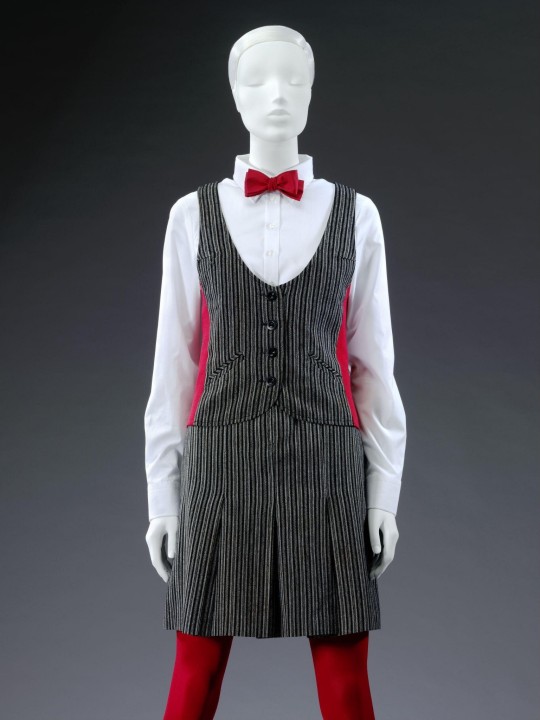


• "Overdraft' Waistcoat.
Date: 1967
Designer: Mary Quant; Made by: Steinberg and Sons; Made for: Ginger Group
Place of origin: London
Medium: Wool, Acetate
#fashion history#history of fashion#dress#fashion#vintage fashion#vintage clothing#vintage#vintage dress#1960's dress#1960's fashion#1960's#mary quant#waistcoat#overdraft#1967
524 notes
·
View notes
Text

Black Satin Brocade Bodice with Yellow Flowers and Green Velvet Bows
c.1890
made by American designer Miss Foley
brocaded silk satin, cotton net, and beads
Phoenix Art Museum
#so beautiful#1890s#19th century#1800s#fashion history#historical fashion#history of fashion#19th century fashion#late 1800s#late 19th century#frostedmagnolias#fashion#history#historical clothing
6K notes
·
View notes
Text
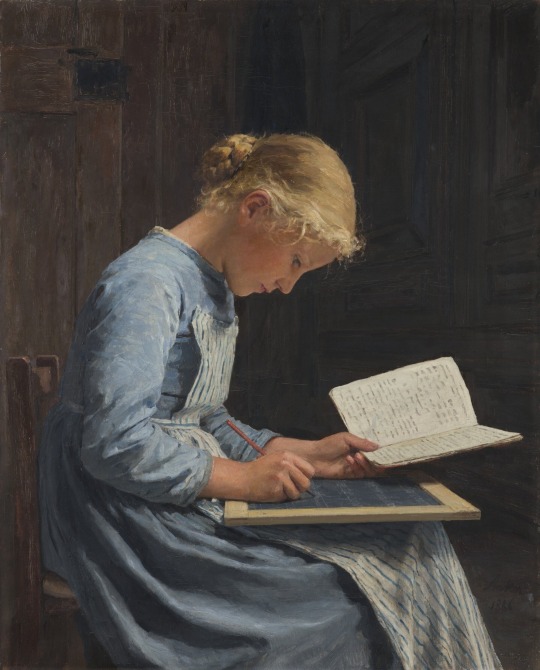
Albert Anker, "Diligent", 1886
1K notes
·
View notes
Text
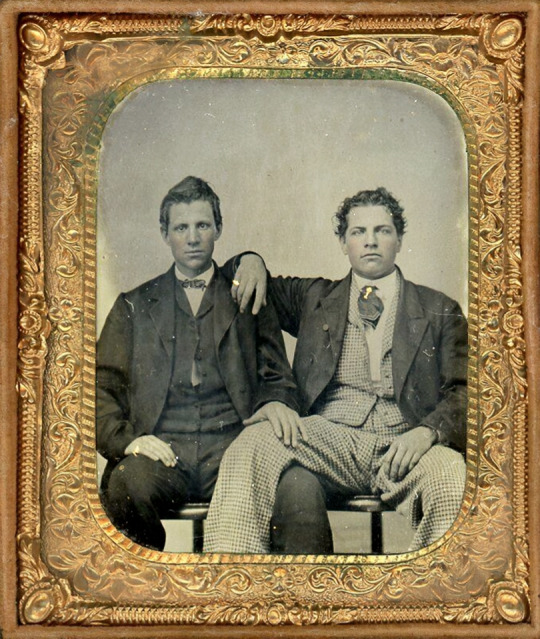
Tintype of a pair of affectionate young men, one draping his arm over his companion's shoulder and his leg over his companion's leg—while said companion, in turn, rests a hand on his thigh, c. 1860s
#why cross your legs the normal modern way when you can cross each other's legs the ambiguously intimate 19thc way#19th century#1800s#1860s#1860s fashion#historical fashion#fashion history#history of fashion#men's fashion#menswear#19th century photography#tintype#ferrotype#gay interest#19th century men#vintage men
690 notes
·
View notes
Text
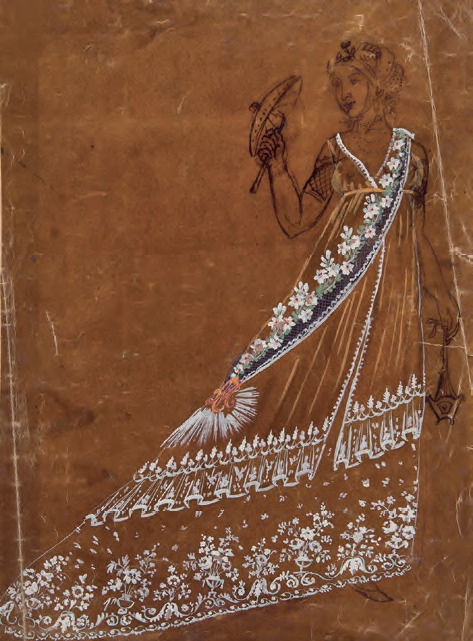
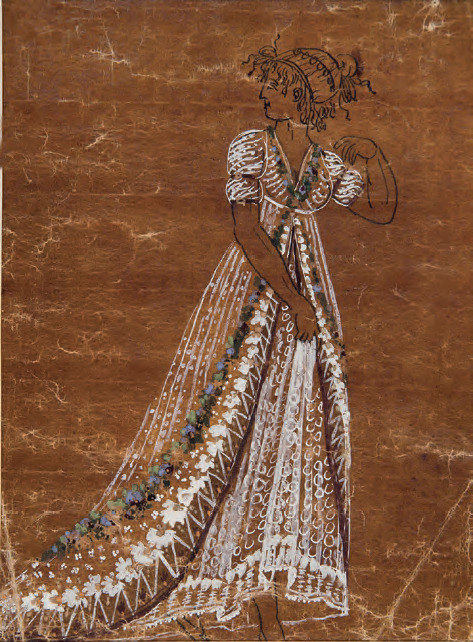
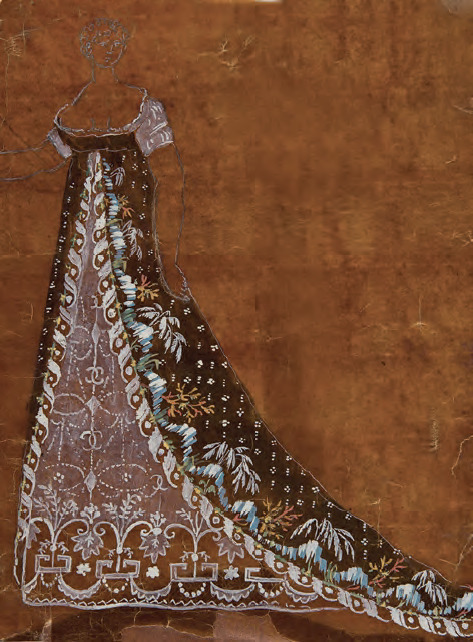

Empire style dress designs made by Jean-François Bony
c. 1803, France, Napoleonic era
#Jean-François Bony#Bony#France#empire style#napoleonic era#napoleonic#French fashion#first french empire#french empire#fashion#fashion history#dresses#19th century#history#history of fashion#historical fashion#19th century fashion#regency#empire#regency fashion#1800s
416 notes
·
View notes